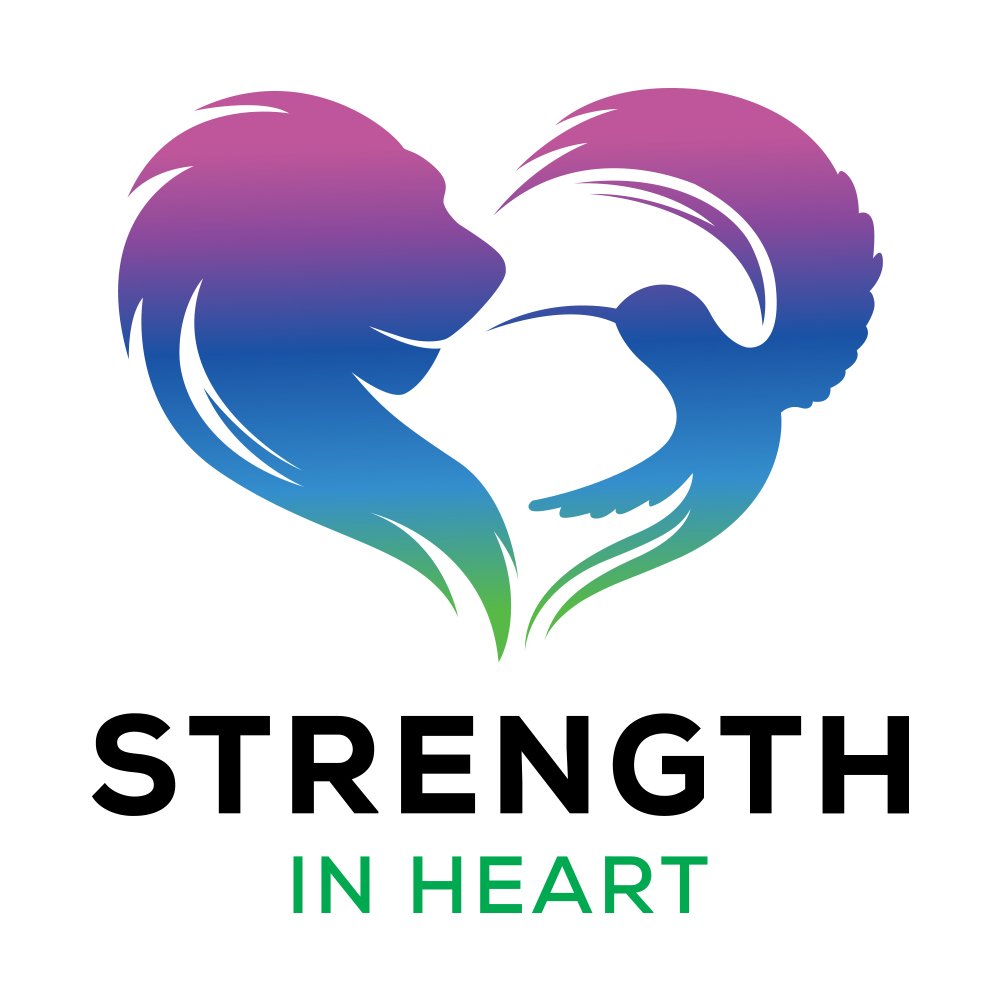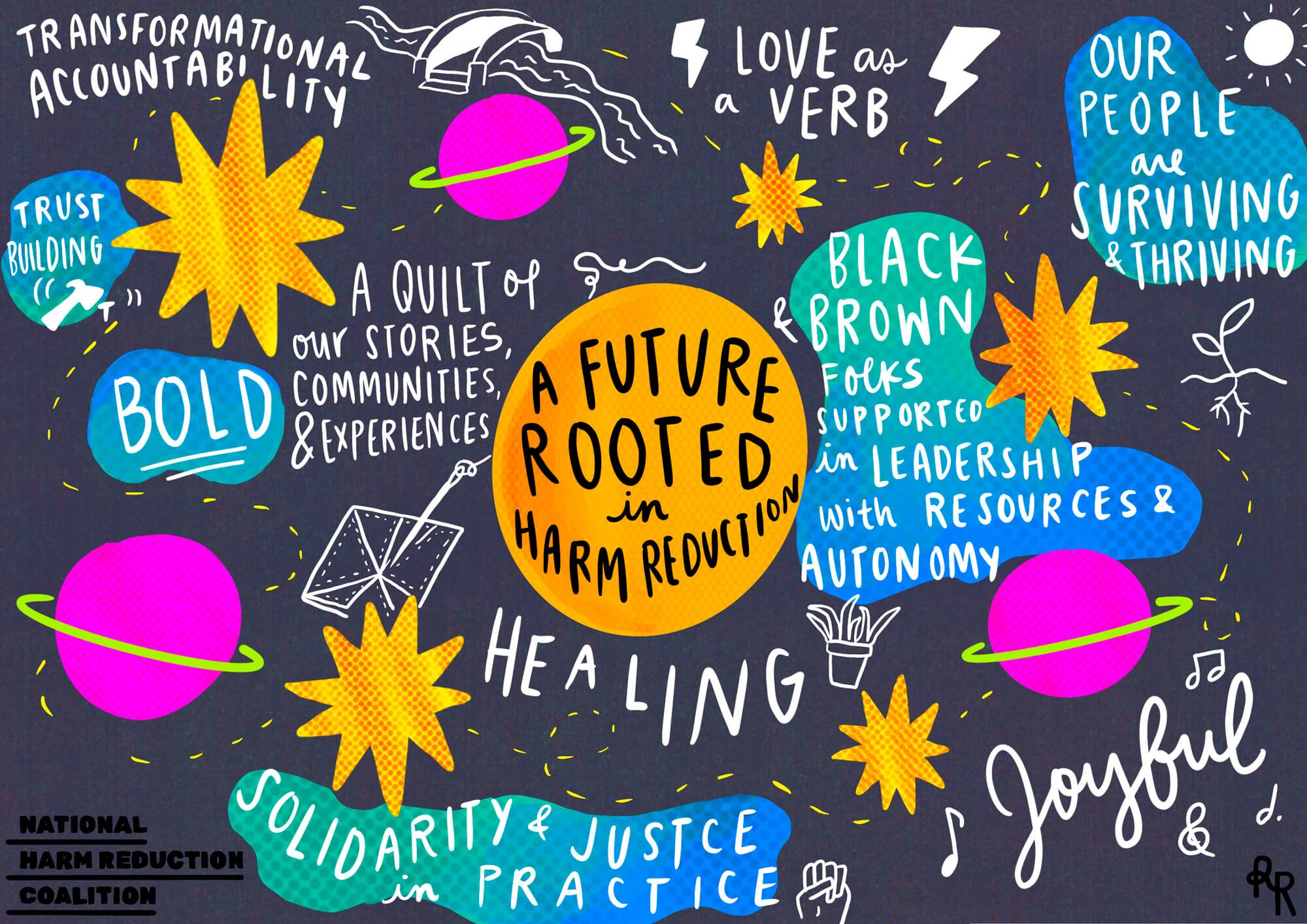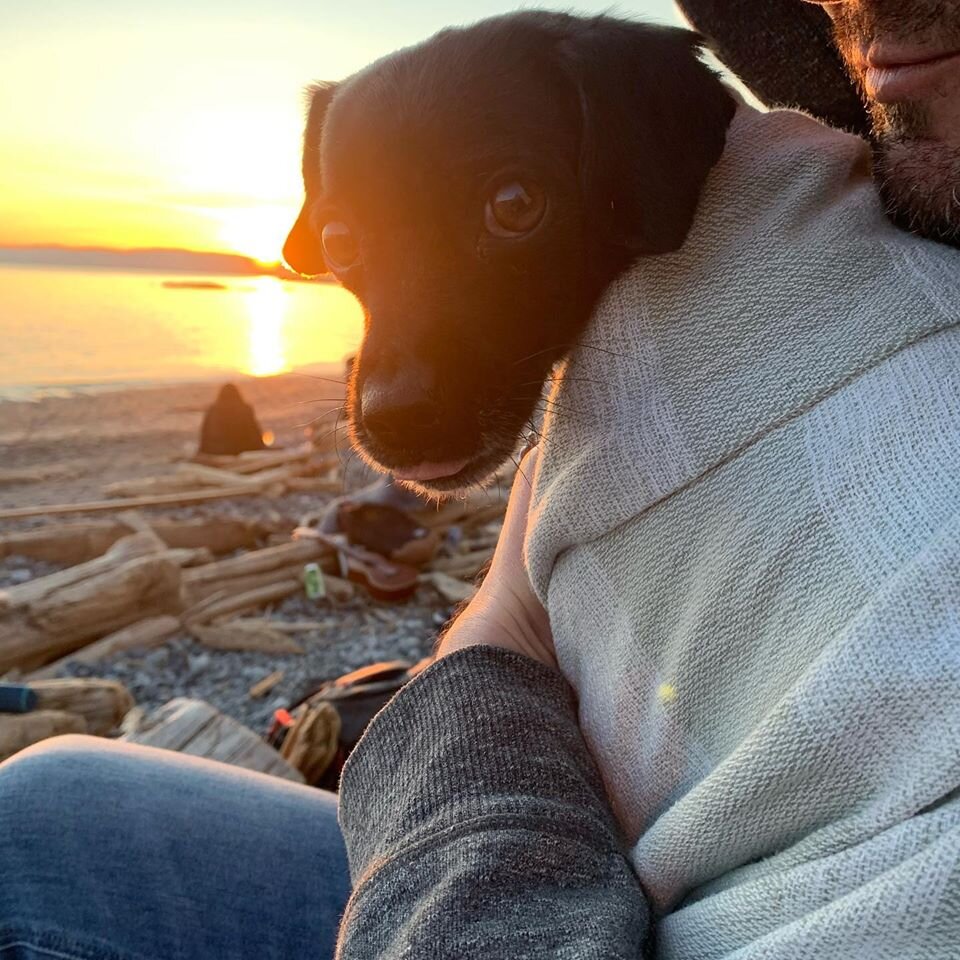Would you believe that public, political, and scientific voices have been calling for drug policy based on harm-reduction and decriminalization since the 1950’s? So, why has it taken so long for social attitudes to take up this idea? Let’s look at how a substance-liberal Canada progressively prohibited certain substances, and the slow progress towards today’s renewed interest in substances as therapeutic tools – particularly psychedelics.
Prior to the 1800’s psychoactive substances, such as alcohol or coca, were legal in Canada and consumption was common. For example, products containing the stimulant from coca included wine, toothpaste, tincture, and more. During the 1800’s and into the early 1900’s, the temperance movement and the growing influence of Protestant Christian values, coupled with concerns about unregulated medical practices, negatively shifted society’s views towards drugs. Substances once viewed as medically and recreationally valuable, became morally reprehensible and antithetical to the moral purity and sobriety movements. Racist attitudes also fueled this shift in societal attitude. Opium, coca, and marijuana were imported from Eastern countries and resource extraction colonies, and thus constituted a threat to white society and western morality. The Opium Act of 1908 drove substances underground by increasing police powers and giving harsher penalties – inevitably strengthening the illicit drug market. Government progressively added substances to prohibitive legislation, and by 1938 eleven different categories of drugs were considered criminal.
The 1940’s and 1950’s were pivotal for the research of psychedelics and other drugs. Following Dr. Albert Hoffman’s discovery of LSD (known colloquially as acid), new LSD analogues were developed and other psycho-active substances (such as psilocybin, or the plants used in Ayahuasca) gained attention in scientific research. Because these novel substances did not belong to any prohibited category of drug at the time, scientific research and personal journeying experienced a renaissance. For more information about the research and development of psychedelics, visit Psychedellic.Support’s free online course Exploring Psychedelics: Discovery, Research & Effects. Unfortunately, this golden age was short lived. The Canadian Narcotic Control Act of 1961 was bolstered by the American Food and Drug Administration’s 1962 decision to classify psychedelics as prohibited, halting research and increasing drug related arrests. By this time Canada had also signed the UN Single Convention on Narcotic Drugs.
These punitive attitudes and policies towards drugs effectively drowned out early calls for harm reduction approaches. In 1955 Earnest Winch called for harm-reduction and a public health approach to substance misuse, resulting in the Ranta Report. In 1969 a Canadian government inquiry into non-medical use of drugs, known as the Le Dain Commission, called for reduced criminalization and increased regulation of substances and supports for those addicted. None of these recommendations were implemented. Instead of listening to the evidence for a public health, harm-reduction strategy, Canadian drug policy continued to employ a punishment and incarceration-based strategy. This strategy is highly evident in the regressive Heroin Treatment Act of 1978, which legislated legal involuntary detainment (read: imprisonment) of people who use drugs who have been deemed to be in need of drug-treatment by an external party, such as a member of law enforcement or family. During Nixon’s presidency, Canada joined America’s ‘war on drugs.’ In 1997, the Controlled Drugs and Substances Act renewed Canada’s prohibition policies – a tradition at this point.
Harm-reduction practices began in 1980’s United Kingdom and Netherlands, as a response to the HIV epidemic. Despite prohibitive policies, Canadian civilians and healthcare professionals engaged in harm-reduction strategies such as needle exchanges and injection sites. By 2001, harm-reduction was officially made part of Vancouver’s drug policy thanks to MacPherson’s report, A Four Pillar Approach to Drug Problems in Vancouver, advocating for a harmonized effort between harm-reduction, law-enforcement, and addiction treatment and prevention services. This report positively affected drug policies across Canada until 2006, when Harper’s government introduced a National Anti-Drug Strategy and other legislative amendments that were anti-harm-reduction.
There is an irony in Vancouver being the birth place of prohibition in Canada, given its position at the center of the opioid crisis, and as a proponent of progressive approaches to substance use in Canada. Since 1984 Vancouver has experimented with opioid assisted treatments and various models for delivering these treatments. Harm-reduction efforts and policies of the past paved the way for recent developments in drug legislation. Training for and access to naloxone, an opioid blocker, has become common place in community social services and amongst drug users themselves. Needle exchanges and injection sites have evolved into supervised injection sites with nursing staff. The Good Samaritan Act also protects people from drug related prosecution if they are calling for emergency services. Harm-reduction policies towards the fentanyl contaminated street drug supply have led to the advent of safe-supply – government regulated access to pharmaceutical grade substances prescribed by licensed healthcare professionals.
So where is Canadian drug policy at nowadays? For the first time in over 110 years, Canadian drug policy is venturing away from discriminatory prohibition rooted in moral conservatism. Psychedelic research is experiencing a second renaissance thanks to advocacy efforts of organizations like MAPS and TheraPsil, and scientists who have continued to secure approval for psychedelic research. There is also a growing movement towards drug decriminalization – or at least decriminalization of people who use drugs. The government of British Columbia released a publication called Stopping the Harm: Decriminalization of People Who Use Drugs in BC. If you’d like to know more about historical Canadian drug policy milestones, the failings of drug prohibition, and alternatives to criminal-justice approaches to substance-use, check out the Stopping the Harm article – free to download/access.
Links to information that informed this blog post:
Busted: An Illustrated History of Drug Prohibition in Canada, by Susan C. Boyd
Canadian Drug Policy Coalition (gives an in-depth summary of Boyd’s book “Busted,” listed above)
City of Vancouver - Four Pillars drug strategy
Hyshka, E., Butler-McPhee, J., Elliott, R., Wood, I., and Kerr, T. (2012). Canada moving backwards on illegal drugs. Canadian Journal of Public Health, 103(2), 125-127.
Ivsins, A., Boyd, J., Beletsky, L., & McNeil, R. (2020). Tackling the overdose crisis: The role of safe supply. International Journal of Drug Policy, 80.
City of Vancouver – Safe Supply Statement
Government of British Columbia – Stopping the Harm: Decriminalization of People Who Use Drugs in BC































